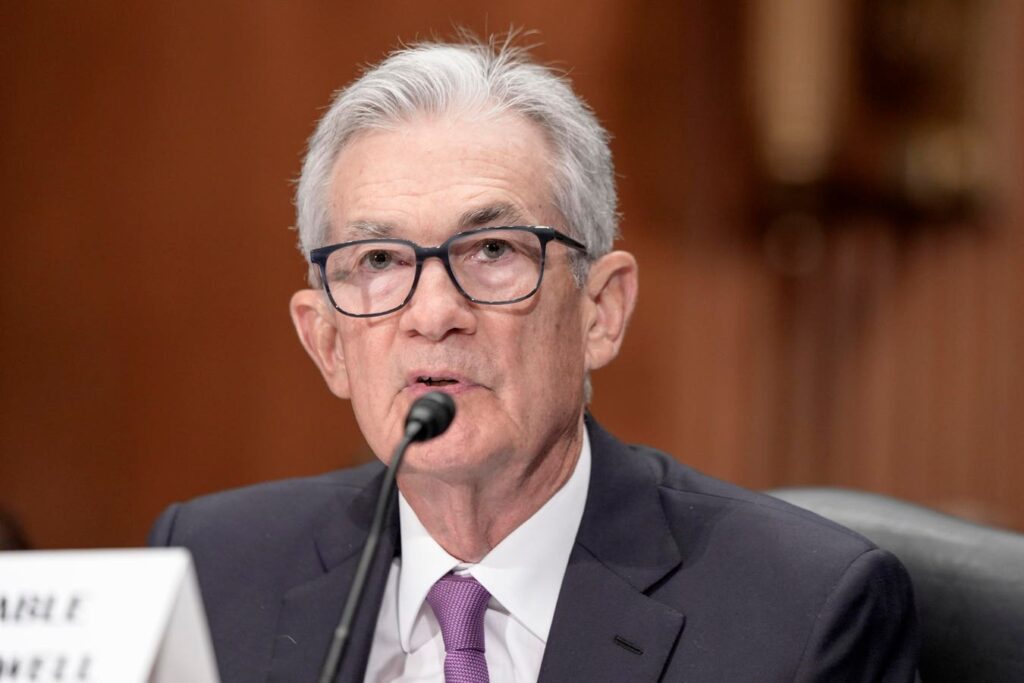Interest rates are not expected to change at the U.S. Federal Reserve’s March meeting. However, rate cuts are expected in 2024 and the market will be looking for clues on the timing.
March Fed Meeting Announcement Timing
The Federal Open Market Committee will meet March 19-20, announcing the target Federal Funds rate on March 20 at 2 p.m. ET. The current target range is 5.25% to 5.5% and that is not expected to change.
Then, at 2:30 p.m. ET, Federal Reserve Chair Jerome Powell will hold a press conference, providing greater context on the Fed’s thinking and taking questions. In addition, policymakers will update their Summary of Economic Projections. This includes a set of forecasts, which often is termed a dot plot, estimating where rates will be at the end of 2024. On April 10, the Fed is expected to release the minutes of the March meeting.
All of this will be closely watched by fixed income markets. Right now, they are estimating interest rate cuts to start in June or July, with three or four of them occurring in 2024, according to the CME FedWatch Tool.
Fed Comments On Monetary Policy
Recent statements from Fed officials have suggested that interest rates are unlikely to increase from current levels and that cuts could be coming soon but are not imminent.
“We believe that our policy rate is likely at its peak for this tightening cycle,” Powell said in congressional testimony on March 6. “If the economy evolves broadly as expected, it will likely be appropriate to begin dialing back policy restraint at some point this year.”
Michelle Bowman, a member of the Fed’s Board of Governors, recently struck a more hawkish tone. “Should the incoming data continue to indicate that inflation is moving sustainably toward our 2 percent goal, it will eventually become appropriate to gradually lower our policy rate to prevent monetary policy from becoming overly restrictive,” Bowman said in a March 7 speech. “In my view, we are not yet at that point. Reducing our policy rate too soon could result in requiring further future policy rate increases to return inflation to 2 percent over the longer run.”
Inflation Trends
Inflation has declined from peak levels but has not reached the Fed’s 2% annual target. The most recent Consumer Price Index report for February showed 3.2% annual inflation. The Fed often prefers the Personal Consumption Expenditures Price Index, which showed annual inflation of 2.4% for January. The PCE index will be updated for February on March 29, after the Fed meets on the 20th.
One concern is that despite inflation slowing materially from peak levels, recent data implies that inflation may be accelerating somewhat in early 2024. For example, CPI inflation rose at a 0.3% monthly rate in January and 0.4% in February. Both readings are relatively high compared to the past 12 months. Broadly speaking, the Fed would need to see monthly inflation of approximately 0.1% to 0.2% to meet its 2% target. Still, inflation is now well below the peak levels seen in 2022.
The Fed is watching the data and is hoping to have confidence that inflation is on course to return to its 2% goal before committing to rate cuts. Current concerns about reaccelerating inflation may be short-lived. That’s because CPI nowcasting from the Atlanta Fed suggest that inflation for March may come in closer to 0.2%.
Jobs Data
The jobs market has generally held up better than expected despite elevated interest rates. February’s Employment Situation Report did see a rise in the unemployment rate to 3.9% but job creation remains relatively robust. This has encouraged the Fed to be patient in considering rate cuts for two reasons.
Firstly, as the job market remains relatively strong that can contribute to inflation as wage costs are passed on in prices. For example, the Atlanta Fed’s Wage Growth Tracker currently estimates wage costs to be rising at 5%. Secondly, weakness in the jobs market may be a recession signal and could encourage the Fed to cut rates to avoid a potentially painful economic decline. So far, that risk has been less of a concern.
What To Expect
The FOMC is highly unlikely to adjust interest rates at its March meeting, but clues about the Fed’s expectations for the timing and extent of interest rate cuts in 2024 will be closely monitored by markets.
Read the full article here


